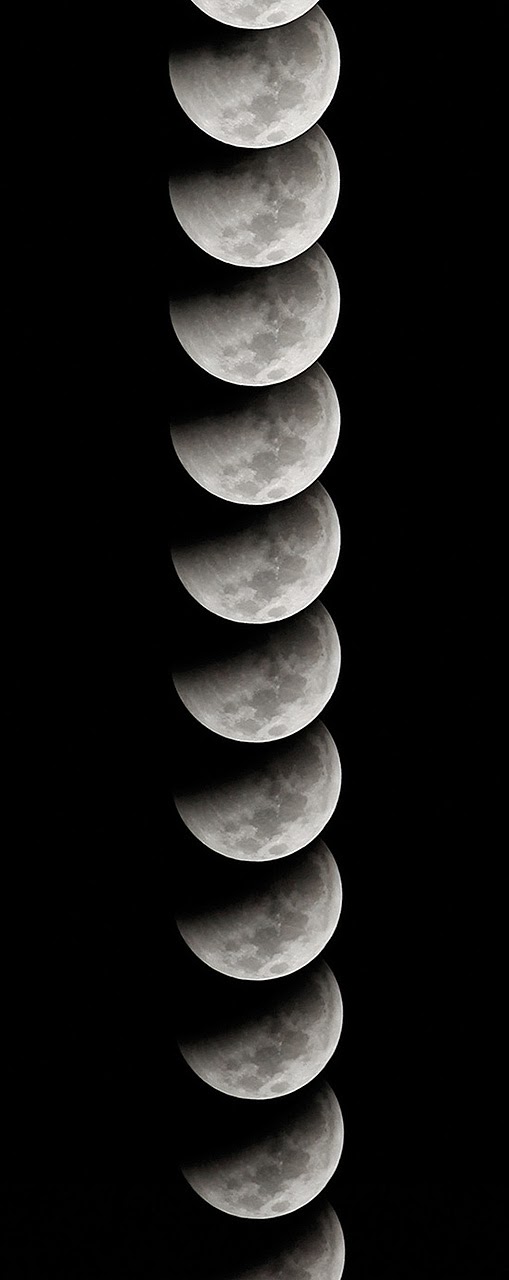Friday, 31 January 2014
Saturday, 25 January 2014
“Cuban Trogon” World’s Most Fascinating Colorful Bird
I always believe nature is full
of amazing color, and when I see colorful birds, it’s really amazing how
beautiful our motherland is. The Cuban Trogon is one of most beautiful species
of bird belongs to Trogonidae family. It is also called Tocoror (Priotelus
Temnurus), actually endemic to the Caribbean island of Cuba. It is Cuba
national bird, and its habitats are dry forests, moist forests, and heavily
degraded former forest. It is well spread known to be Cuban Trogon, while in
Spanish it is called Tocororo or Tocoloro. The name is actually derived from
its repeated call, toco-toco-tocoro-tocoro. Its scientific name is Priotelus
temnurus which is very infrequently used in referring to this bird. The colorful
Cuban Trogon with a green back, blue crown, red belly and beak, and white
throat and chest. Interestingly these colors mimic the colors of the Cuban
flag, and that’s why it is selected to be national bird of Cuba. This bird has
a long fluffy tail, truly unique amongst trogons. The bird is between ten and
eleven inches from beak to tail. When these birds travel, they prefer in pairs
flight, creating a heavy noise because of their rough, graceless flying
technique. This is very common bird and can be seeing all over the island of
Cuba. This bird is rarely seeing on the Isle of Youth Guajaba, Romano, and
Sabinal. This bird prefers wet and dry forests of all altitudes and likes to be
in the shade as opposed to the sun. The Cuban Trogon nests in already created
crevices in trees, primarily abandoned wood pecker holes. The Cuban Trogon
feeds on flowers, fruits, and insects. Unlike most birds, it is proficient of hovering
while eating. Source: Charismatic Planet
Labels:
Birds
Taj Mahal View From Western Side
This is Taj Mahal View from
Western side during the golden hour. Symbolically, the constantly changing
sunlight reflected by the mausoleum's marble has a symbolic role which
associates light with the presence of God. Located in Agra, Uttar Pradesh, the
Taj Mahal was constructed in the 17th century by Muslim King Shah Jahan and has
been called the finest example of Mughal architecture. In 1983 Taj Mahal was
designated a UNESCO World Heritage Site.
Photo: Muhammad Mahdi Karim
Labels:
India
Friday, 24 January 2014
Remakrable Lunar Eclipse Time-Lapse Photography
Some of many peoples still remembers the lunar eclipse that occurred on December 21, 2010, which happened to coincide with the date of the December Solstice only the second time since 1638. So here is the chance for those who weren't able to marvel at this natural phenomena, time-lapse photography captured what we missed. The unforgettable event took 5 hours and 38 minutes and was photographed every two minutes. Out of hundreds of shots taken, 61 photos were compiled into this long, sequential series of the increasingly-shadowed moon. when you scrolling down the images, you'll quickly see the mind-blowing transformation between the eclipse’s start and finish.The clarity of these images, contrasted with the pitch-black background, makes this photograph feel almost unreal. It's yet another reminder to us that the greatest wonders of our world come from nature.
Wednesday, 22 January 2014
Bioluminescent Phytoplankton Glowing waves in California
While vacationing on the Maldives Islands Islands, Taiwanese photographer Will
Ho stumbled onto an incredible stretch of beach covered in millions of
bioluminescent phytoplankton. These tiny organisms glow similarly to fireflies
and tend to emit light when stressed, such as when wave’s crash or when they
are otherwise agitated. While the phenomenon and its chemical mechanisms have
been identified for some time, biologists have only recently begun to
understand the reasons behind it. You can see a few more of Ho’s photographs
over on Flickr. Via Charismatic Planet
Labels:
Amazing
Beautiful Split Apple Rock of New Zealand
Split Apple Rock
is a geological rock formation in The Tasman Bay off the northern coast
of the South Island of New Zealand. The rock, made of granite, looks
like an apple split in half. The popular tourist attraction is located
in the Tasman Sea approximately 50 metres off the coast between
Kaiteriteri and Marahau.
Magnificent Captures of Bears Family in Snowy Surroundings.
Wildlife French photographer
Sylvain Cordier, stumbled upon magnificent moment when he takes an opportunity
to capture the family of polar bears set against an absolutely stunning sunset.
Most of the photographers wish to capture polar bears within natural snowy
surroundings, but more often they couldn’t get chance. Sylvain Cordier, spent 3
weeks in a boat and then finally able to capture two large cubs and their
mother around and photographing their everyday lives. As they sit tranquilly
and waiting for sun setting, it appears three bears had become accustomed to
the sounds of photographer camera. These images are really beautiful, when
vibrant sunset is the ideal time for backdrop of massive creatures. Sylvain
Cordier sharing his experience in these words; in the evening time I got to
about 6.30pm when sunset was imminent, I positioned my boat in the hope of
bears would come in the right direction and luckily it would happened same as I
thought, the atmosphere was absolutely outstanding. I recognized this would be
my best wildlife experience.
Labels:
Animals
Subscribe to:
Comments (Atom)





















































